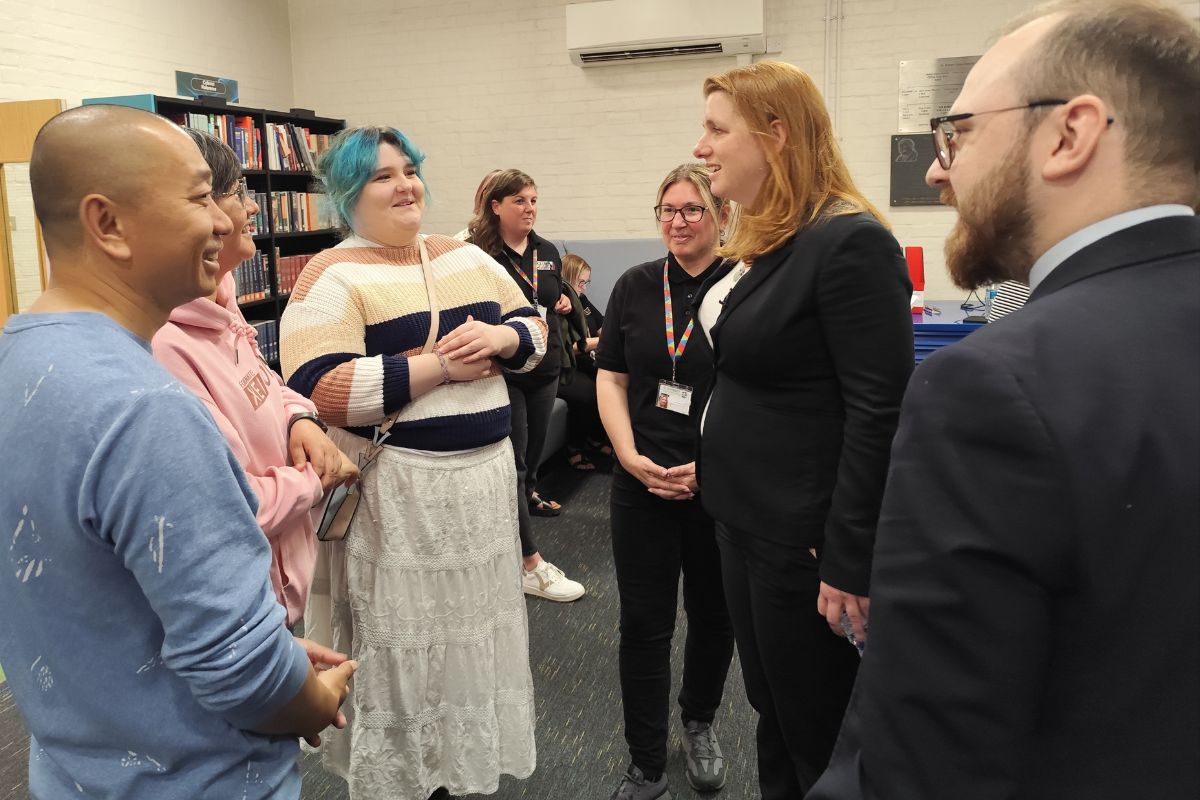National Apprenticeship Week: Showcasing how apprenticeships work

The 11th National Apprenticeship Week is taking place from the 5 – 9 March 2018 in celebration of apprenticeships in England. The theme of this year’s National Apprenticeship Week is to showcase how apprenticeships work, whilst encouraging even more people to choose an apprenticeship as their gateway to a career.
CMS VOC explains how exactly apprenticeships work and why this type of training is becoming an increasingly popular way to help people into their career of choice.
National Apprenticeship Week 2018
Now in its 11th year, this year’s National Apprenticeship Week – aka #NAW2018 – will see employers and apprentices from across England come together to mark and celebrate the success of apprentices.
By giving apprenticeships more attention, #NAW2018 is aimed at encouraging people to use apprenticeships as a way into a fulfilling career by showcasing how apprenticeships work for individuals, employers, communities and the wider economy.
Organisations, employers, training organisers, educators and partners, can get involved in #NAW2018 by telling their apprenticeship stories. Interested parties simply need to go social media and either share their apprenticeship experience with the #WorksForMe hashtag or join #NAW2018 10,000 talks movement – #10kTalks – and deliver a talk on why apprenticeships work.
How apprenticeships work
Apprenticeships involve the employer paying the apprentice a wage as they work alongside experienced members of staff to learn about a trade or position and be paid as they learn specific skills related to a job. Apprentices also receive training away from the actual job, which goes towards a nationally-recognised qualification. The minimum salary for an apprentice is £3.50 an hour for all apprentices under the age of 19.
Apprentices usually work for a minimum of 30 hours a week. They are assessed via a number of methods, including worksheets, professional discussions and work products. Assessors typically visit the apprentice in their working environment each month when training and assessment takes place.
At the end of the apprenticeship, the apprentice has earned a nationally-recognised qualification. Sometimes an employer decides to take the apprentice on following their successful apprenticeship as an employed member of staff.
The rising popularity of apprenticeships
It is not uncommon for people to hold rather traditional and old-fashioned views that apprenticeships are solely for school leavers offering routes only into specific manual trades, such as building and plumbing.
Apprenticeships have evolved significantly, particularly during the last five years, and are now a viable and credible way for people of all ages and of either gender to train, gain qualifications and embark on a career in a myriad of industries. It is now common for people to go on apprenticeships in the likes of IT, engineering, media and health and social care.
Recognising the vital role apprenticeships play in the jobs market, providing companies with the right sets of skills, and the overall economy, the government set out an ambitious agenda to create three million apprenticeships by 2020. To help fund the surging number of apprenticeships, the government introduced the Apprenticeship Levy which came into effect on 6 April 2017. The Levy applies to employers in England which pay an annual pay bill in the excess of £3m. Employers can use the Levy to pay for apprenticeship training.
With the government putting much greater emphasis on apprenticeships and the rewards they bring to both employers and apprentices, and high-profile events such as National Apprenticeship Week highlighting the benefits of this way of training, it is hardly surprising that apprenticeships are becoming a more credible, less trade-specific and prevalent way for individuals to step into rewarding careers.
Hadyn Luke, Director of CMS Vocational Training (CMSVOC).
About CMSVOC: They offer a wide range of commercial and government funded apprenticeship options.











Responses